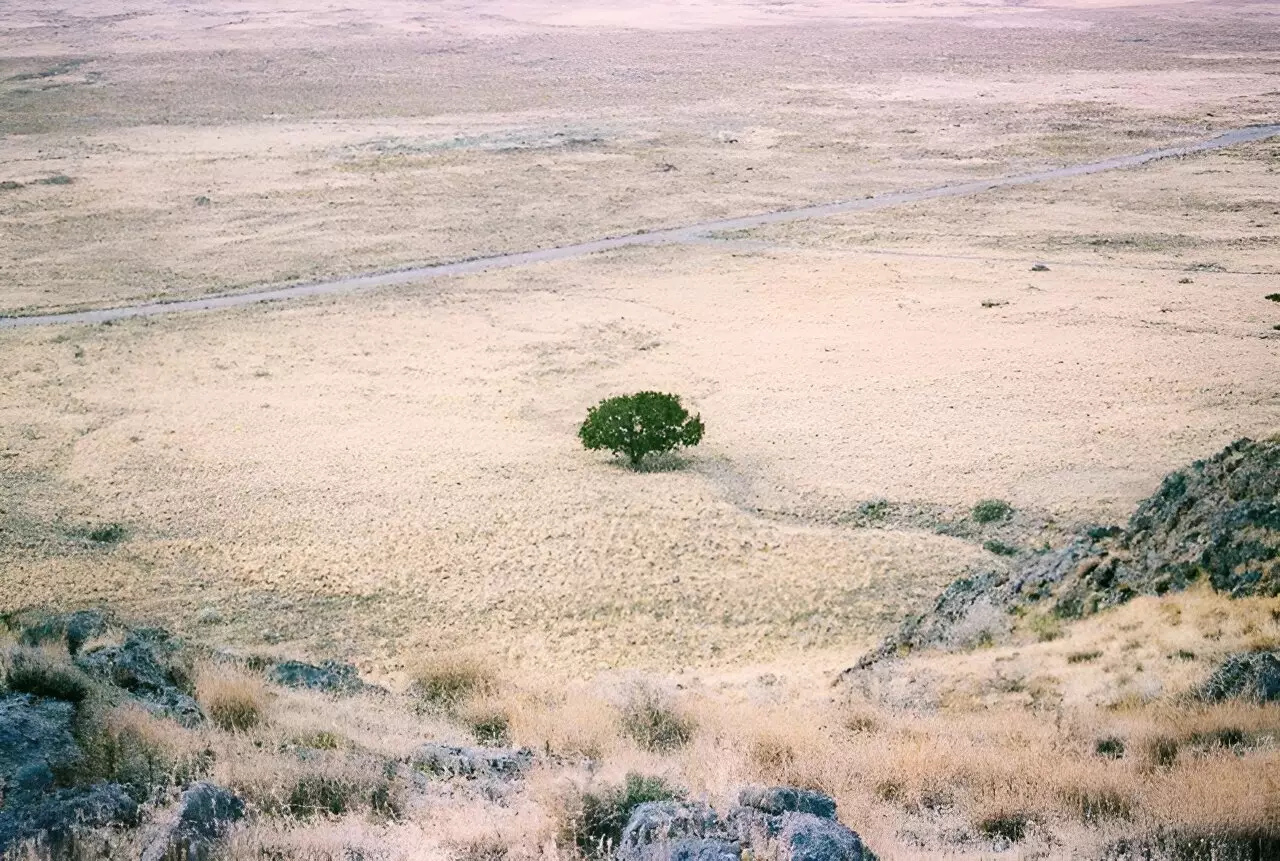Drought is an insidious and multifaceted phenomenon that poses significant challenges to regions across the globe, particularly in areas already facing water scarcity. The unpredictability of drought conditions has long made effective forecasting a daunting task for scientists and policymakers alike. Traditional drought indices, which have served as the typical tools for monitoring these conditions, often fall short due to their inability to accurately capture the intricacies of hydroclimatic variability. Recognizing this limitation, recent research published in *Scientific Reports* highlights the transformative potential of artificial intelligence (AI) in enhancing drought prediction.
For decades, conventional drought indices have been the cornerstone of drought monitoring. However, researchers have found these methods to be insufficient in adequately forecasting drought conditions. Traditional approaches are typically static and fail to account for the dynamic and evolving nature of climatic changes. Dr. Mohamed Abdallah, leading the study from the University of Sharjah, emphasizes that the inherent complexity of drought phenomena necessitates a departure from these outdated methods. The inability of existing indices to adapt to varying conditions has left a gap in the ability to provide timely and accurate forecasts for water-management strategies.
The innovative approach taken by Dr. Abdallah and his team integrates advanced AI models that utilize vast historical climate data and soil moisture levels to predict impending droughts with remarkable precision. The incorporation of AI systems provides a more holistic view of drought indicators and demonstrates significant improvements over traditional methodologies. These AI models have proven particularly adept at capturing drastic climatic shifts, which is paramount for regions increasingly plagued by erratic weather patterns and water scarcity.
“Our research indicates that AI can effectively model and predict drought conditions with high levels of accuracy,” claims Dr. Abdallah. “These models not only enhance our understanding of droughts but also arm decision-makers with the necessary insights to implement effective resource management strategies.”
The implications of this research extend far beyond academic interest; they offer a transformative opportunity for disaster management and agricultural planning. Employing AI-driven drought indices can lead to improved decision-making processes, allowing farmers, rural planners, and even policymakers to better navigate the intricate challenges posed by climatic changes. For instance, with enhanced forecasting capabilities, stakeholders can optimize water use during periods of low rainfall and develop proactive methods of resource allocation.
Abdulrahman Abdeljaber, a co-author and research assistant at the University of Sharjah, emphasizes the broader socio-economic impacts. In regions like the Middle East, where water resources are critically limited, the ability to foresee and mitigate the repercussions of drought can be a stabilizing factor against potential economic downturns and geopolitical tensions.
One of the standout features of the AI-driven models proposed in this research is their adaptability to regional needs. The methodology allows for customization based on local climate data and environmental parameters, enhancing the effectiveness of drought monitoring systems. This adaptability not only enables quicker responses to emerging drought conditions but also tailors the approaches to various ecological contexts.
The research underscores a significant leap in how societies can confront the looming threat of drought. “Our innovative AI tools provide not just forecasts but also empower communities with the knowledge to make informed decisions about water and food security,” stated Mhamd Oyounalsoud, another co-author of the study.
The findings from this research position AI as a pivotal player in the ongoing battle against drought, especially as climate change continues to exacerbate water scarcity. The transition to AI-based monitoring systems marks a significant step forward in both understanding and managing drought conditions effectively. As the world grapples with increasing environmental challenges, these developed tools stand as beacons of hope for informed decision-making and strategic planning in resource management.
The application of AI in drought prediction not only enhances the accuracy of forecasts but also paves the way for comprehensive management strategies that could avert crises and promote sustainability in agriculture and water resources. By implementing these advanced methodologies, governments and communities can better contend with the pressing realities of climate change, showcasing a proactive approach to one of nature’s most challenging phenomena.

